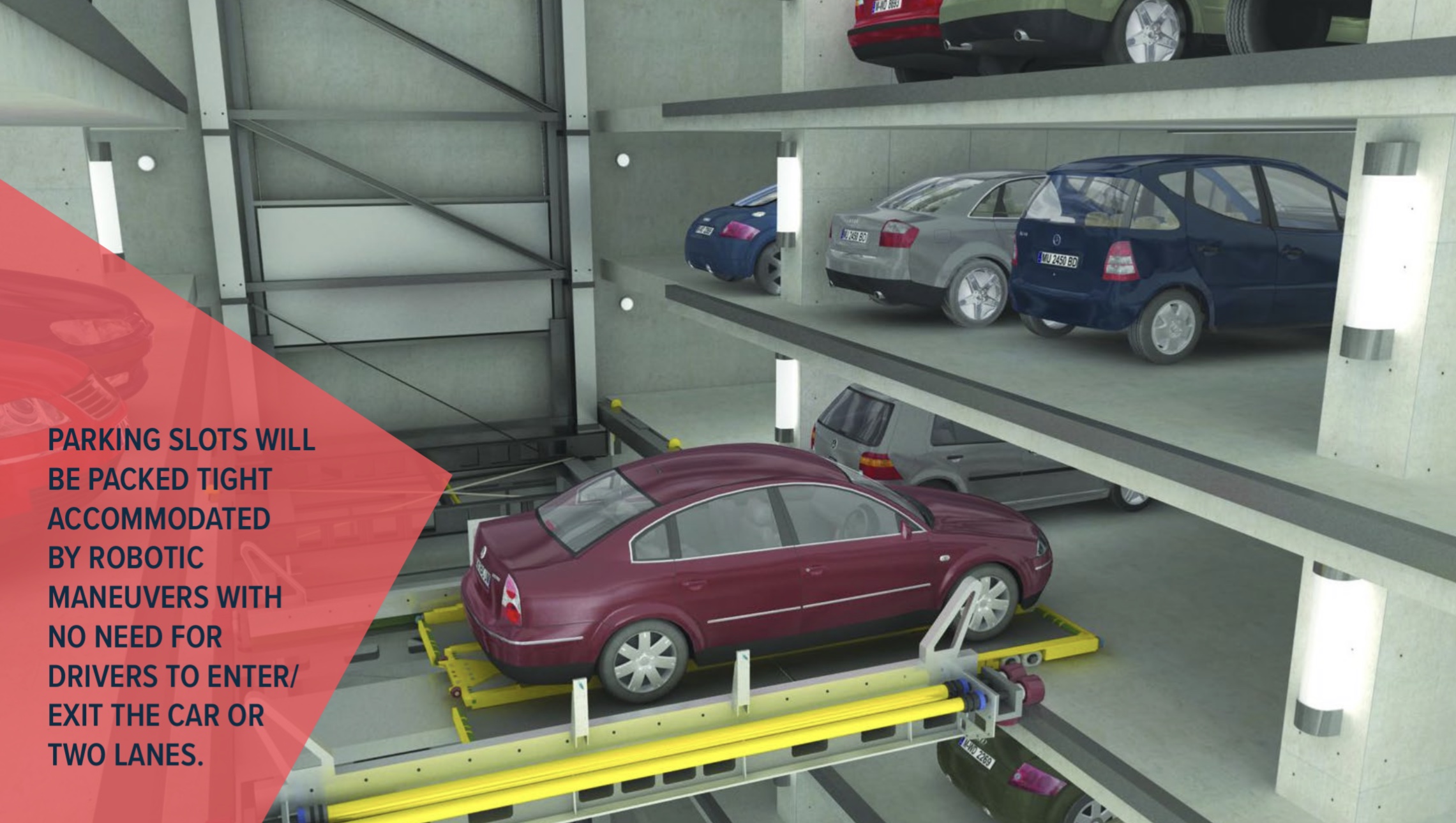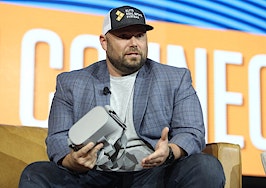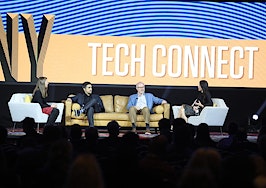For many, a Jetsons-inspired future of flying cars and fully automated living still seems to be decades away. However, Gensler Co-Managing Principal Joseph Brancato told the Inman Connect New York crowd that a world dominated by driverless cars is only 10 years away.
“[A world of] autonomous vehicles isn’t 25 years away, it’s coming much sooner,” he said. “We can focus on human-focused design and reclaim our streets for pedestrians.”
Brancato predicted 2030 will be the year driverless cars and ridesharing become the primary mode of transportation, thus providing cities with more space for sidewalks, green spaces and public amenities, such as parks and sitting areas.
Improved traffic and faster commutes
According to Brancato, widespread usage of driverless cars will solve quickly growing cities’ greatest issue: reduced speed and flow of traffic.
“For the first time in human history, more people are living in cities than not,” he said. “Currently, 50 percent of people live in cities. By 2030, more than 70 percent of the world’s population will live in cities.”

Brancato said a majority current city grid systems aren’t able to handle current traffic levels, as there are more than 260 million cars, motorcycles and buses on the road today.
However, he predicted the widespread adoption of driverless cars will allow cities to reduce the number and width of car lanes as more people begin relying on rideshares and other forms of public transportation.
“By 2030, more than 75 percent of people will be ridesharing,” he said. “[As a result,] cities will become walkable and more convenient. The front door will replace parking lots as the point of entry.”
Multifamily developments with a human-centric design
As cars became the primary mode of transportation for Americans, Brancato said urban residential design standards began centering around cars as well, with developers creating expansive parking lots and garages.
“There are 500 million parking spaces in the U.S. today,” he noted while sharing that Houston has a whopping 30 parking spaces per resident.
Driverless cars will allow cities to nix large parking lots and garages and build tidy, small-scale automated garages that use robotics to slide cars into compact parking slots — saving time and space for residents who still want to own a private car.

With the extra space, Brancato said architects will begin designing multifamily buildings with “reclaimed rooftop space” that provides shared entertainment and dining options and additional green space, which includes parks and gardens.
“[Driverless cars] is altering the design of buildings and will take back space for people,” he said.
As an example, Brancato shared the renderings of Eve Park, a multifamily development in Canada his team presented at a competition. His team thought it would take five years before a developer would consider the design for construction; however, S2E Technologies called the following month.

The development, which is still under construction, only has half a parking spot per unit, much less than the one or two required by most American cities.
“I believe the impact on development and the human experience will be dramatic,” he said of Eve Park and communities like it.
Improved walkability and public transit
In addition to creating more vibrant residential developments, Brancato said driverless cars will enable city planners to create grids that favor pedestrians and citizens who rely on public transit.
“Our goal is to rebalance streets,” he said, while noting some of the world’s best cities have high walkability scores.
Brancato pointed to New York City’s Times Square as an example of how a focus on walkability and fostering public interactions can improve the usability and feel of a space.

“I couldn’t walk on the sidewalk, and I’d walk on the street, taking the chance of getting hit by a cab,” he said of Times Square’s old design that focused on cars. Now, Times Square has bigger sidewalks and more room for residents and tourists to hang out in the iconic area.
“The new design still works,” he said. “Cars are still able to move and deliveries are still made.”
Lastly, Brancato said driverless cars and ridesharing will make it easier for citizens, especially the elderly or those with disabilities, to access and use public transit.
“The first and last miles [of a rideshare] connect transit stations with homes and businesses,” he said. “I believe that because of the first and last mile, we’ll see more transit-oriented developments.”
“People want to be around people, and we’ll see clusters of development around stations.”
For those who are still skeptical about a future dominated by driverless cars and more expansive public spaces, Brancato suggested they take a look at 1900s New York City.
“Many people doubt this can happen,” he said. “Just look at 1905 New York City. The streets were still active — just with people instead of cars.”
“We can prepare for a better future for people,” he concluded. “It’s about the people, it’s not about the car.”












